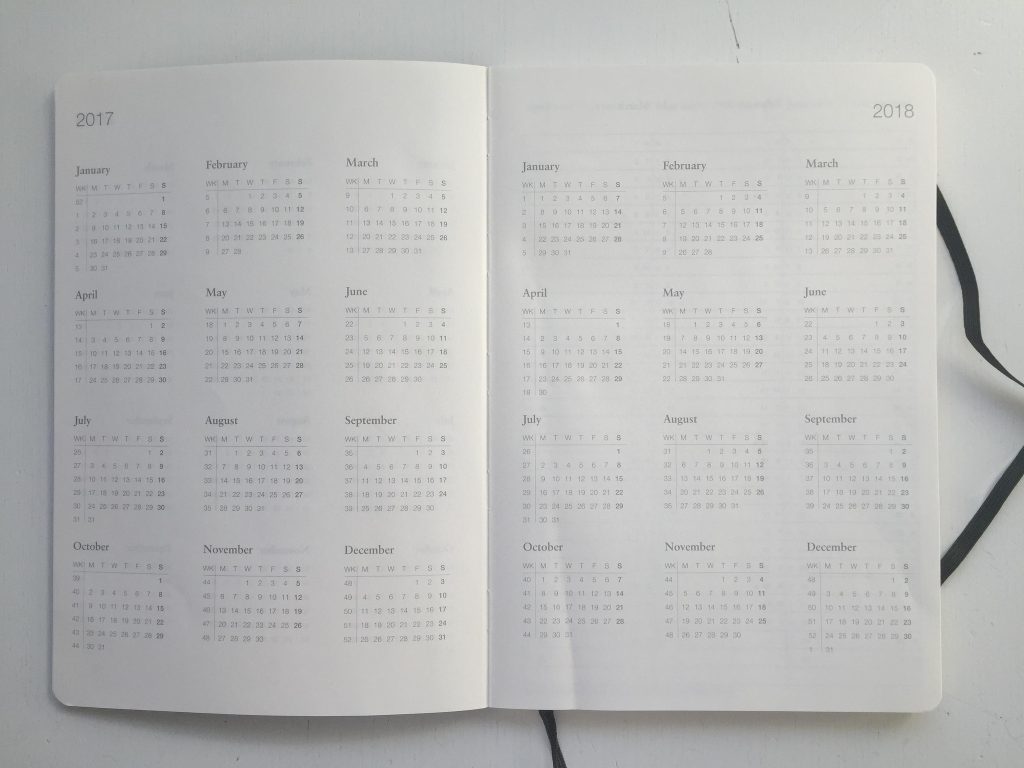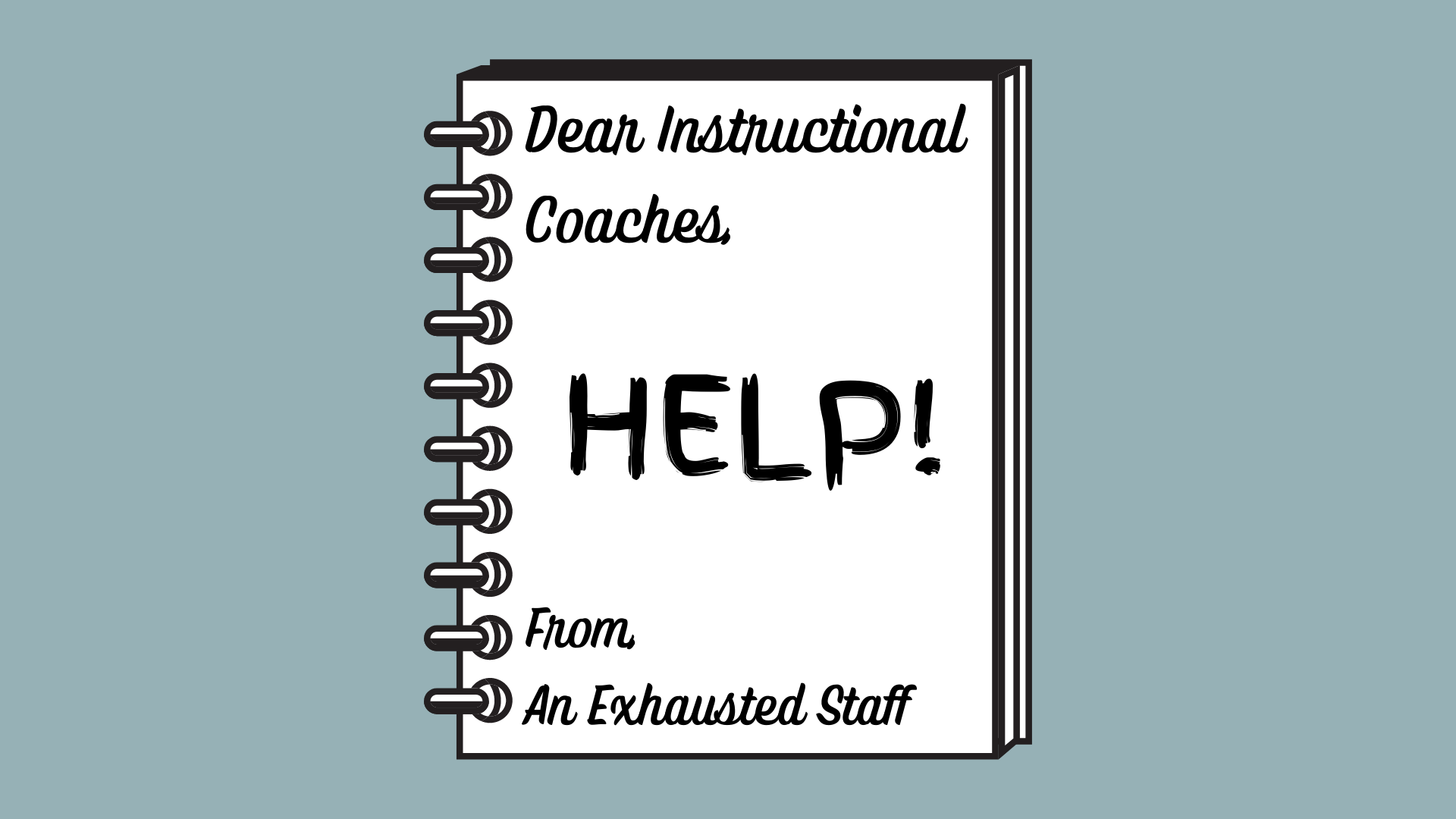I assign a discussion questions daily for my students to answer in our “morning work” time before specials. The purpose is to get students writing, first thing in the morning, about different topics. I have gradually increased and expanded the expectations as we get further into the year, layering different skills as we go.
- Make sure you have capital letters and ending marks.
- Make sure to have at least 4 sentences
- Make sure to restate the question
- Add transitional words
- Add a conclusion
By expanding the required elements slowly, I am able to help students improve each individual component rather than overwhelming them with feedback from the get-go.
I control what they have to respond to, but they can take on different perspectives depending on what they feel or think for a given prompt. I keep a Google Slides file with all of my prompts in one place so they’re easy to go back and find or modify. Some example topics are:
- Would you rather… (would you rather go to the moon for two hours or on a month-long vacation?)
- Tell me about a time when…
- What did you do this weekend or over break?
- Do you like _________ or _________ better?
- How do you feel about ___________? (I have used this for feedback on my teaching or different activities we have done in the classroom.)
- What are some things we can improve on? (Either for themselves or for our classroom.)
- What would you do if ___________ happened to you?
Some topics are fun or funny and some are more serious. Some are for a quick exit ticket, or longer, like a class survey.
Expand the Audience to Parents
After about three weeks of school, when I felt like the students had a good grasp on the expectations and the mechanics of how to find the discussion and how to create a response, I opened up parent access.
The outpour of responses from parents has been overwhelming. I’ve had multiple parents appreciate the ability to see their child’s writing and be able to see their thoughts day to day. This was also a great conversation piece at conferences to show parents what their students need to work on with writing, ie: “i”, or run-on sentences.
Commenting on Student Work
I love the ability to add comments to students’ work. Whether it is praise, a feeling I had while reading their work, or a correction they need to make. Being able to give in-context feedback helps students improve their writing every single day as they incorporate that feedback.
Daily journals are an easy way to get students writing frequently and authentically. Try a prompt this week with your students and take time to read every single piece. Distance learning removes our face to face, but that doesn’t mean we cannot make meaningful connections with students.



